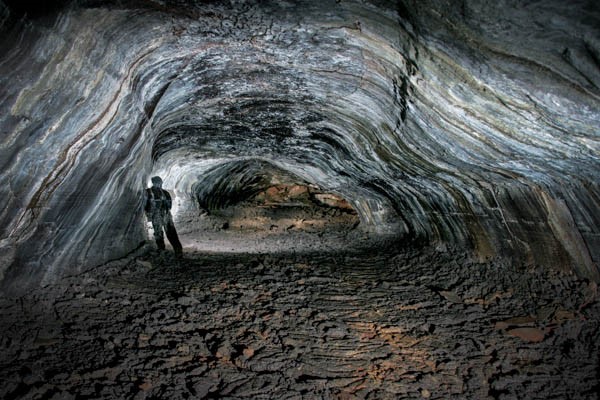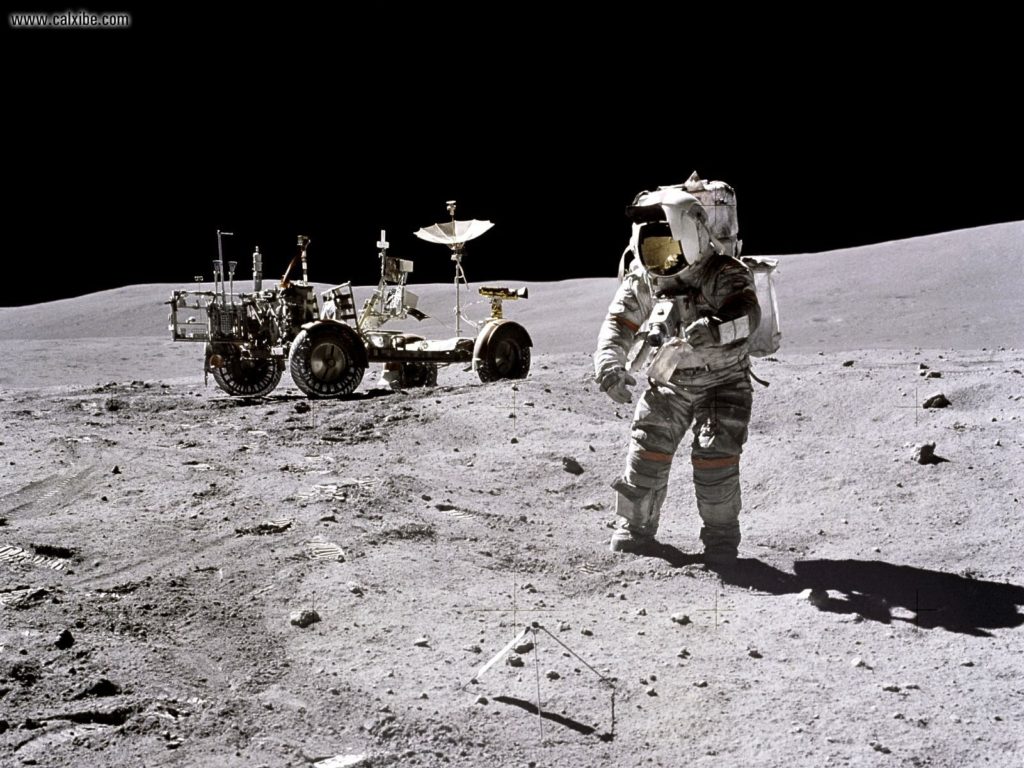
Lava Tubes Found On Mars And Moon Can Serve As Human Habitats
Life on Mars or Moon is always an intriguing subject for many of us. A new theory regarding the subject has come to limelight, this POV is quite precisely about the Lava tubes which actually are the underground caves created by volcanic activity, it is believed that they could provide protected habitats large enough to house streets or even towns on the Moon and Mars.
Back then, such Lava tubes are found in many volcanic areas on Earth, including Hawaii, Iceland, North Queensland in Australia, Sicily, and the Galapagos islands. Sources claim that the underground networks of tubes can reach up to 65 kilometers.

Meanwhile, the space missions have also observed chains of collapsed pits and ‘skylights’ on the Moon and Mars that have been interpreted as evidence of lava tubes. On the other hand, researchers from the University of Padova and the University of Bologna in Italy have carried out the first systematic comparison of lava tube candidates on the Earth, Moon and Mars, based on high-resolution Digital Terrain Models (DTM) created using data from spacecraft instrumentation.
Riccardo Pozzobon, of the University of Padova, has said, “The comparison of terrestrial, lunar and martian examples shows that, as you might expect, gravity has a big effect on the size of lava tubes.”
He added, “On Earth, they can be up to thirty meters across. In the lower gravity environment of Mars, we see evidence for lava tubes that are 250 meters in width. On the Moon, these tunnels could be a kilometer or more across and many hundreds of kilometers in length.”

There are two ways of forming lava tubes, primarily, the ‘over-crusted’ tubes form when low-viscosity lava flows fairly close to the surface, developing a hard crust that thickens to create a roof above the moving lava stream. When the eruption’s end, the conduit is drained leaving a tunnel a few meters beneath the surface.
The ‘Inflated’ tubes are complex and deep structures that form when lava is injected into existing fissures between layers of rock or cavities from previous flows, lava expands and leaves a huge network of connected galleries as it forces its way to the surface.
On a note, a NASA mission provided detailed gravity data for the Moon that suggested the presence of enormous subsurface voids related to lava tubes. The results have important implications for habitability and human exploration of the Moon but also for the search of extraterrestrial life on Mars.
Technically, it is believed that the Lava tubes are environments shielded from cosmic radiation and protected from micrometeorites flux, potentially providing safe habitats for future human missions. “They are also potentially large enough for significant human settlements”, Pozzobon concluded.
Related Article: One-Third Of World’s Known Plant Species Are In Botanical Gardens